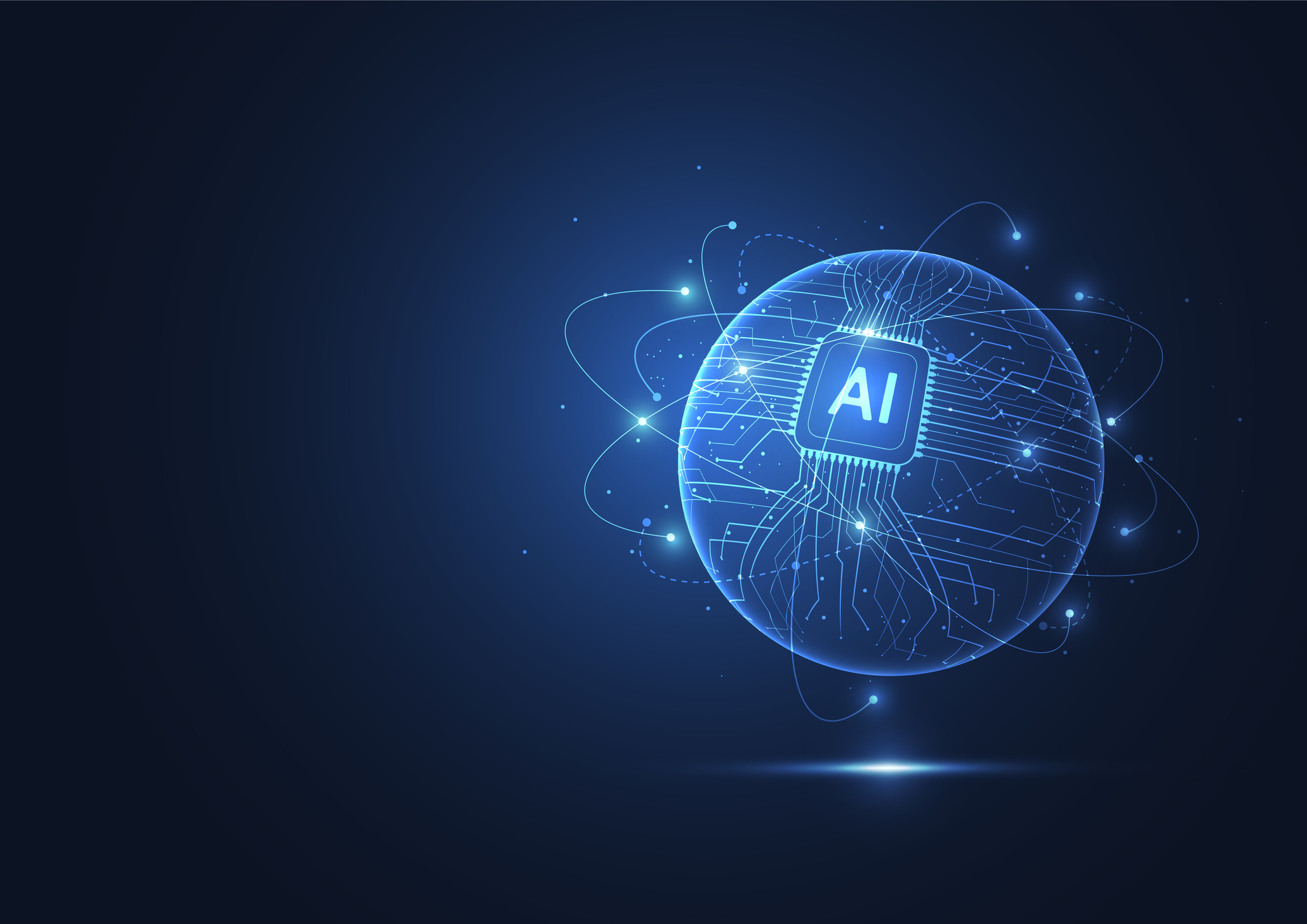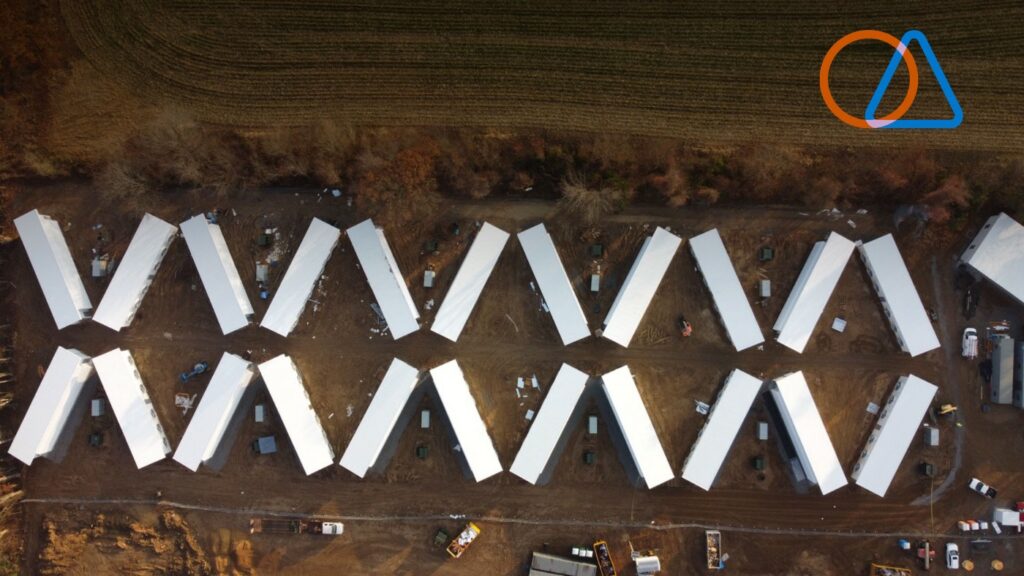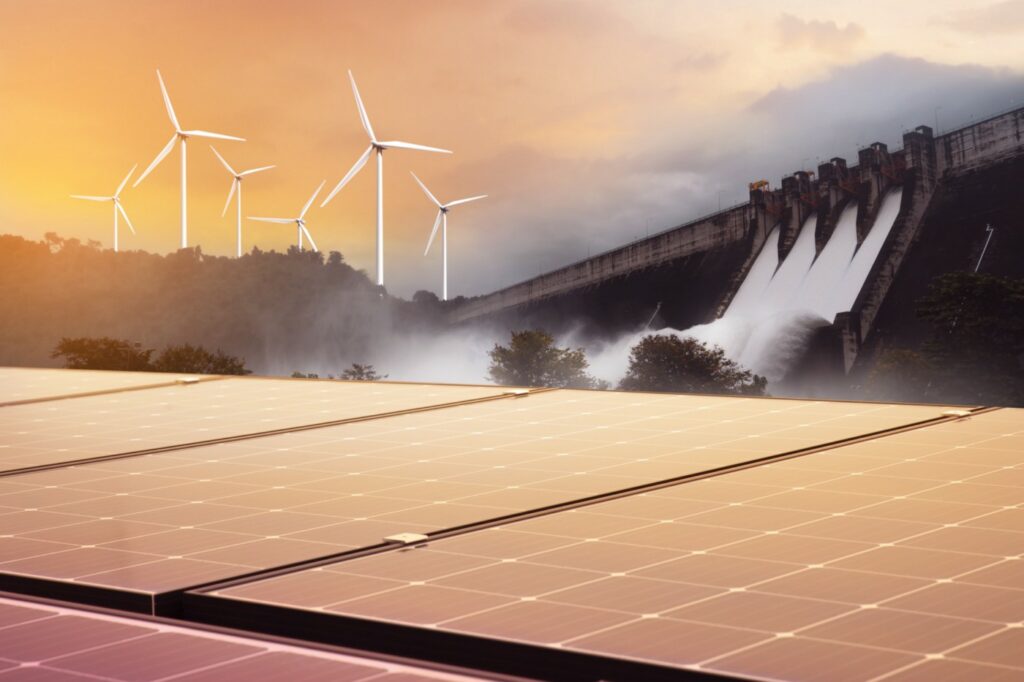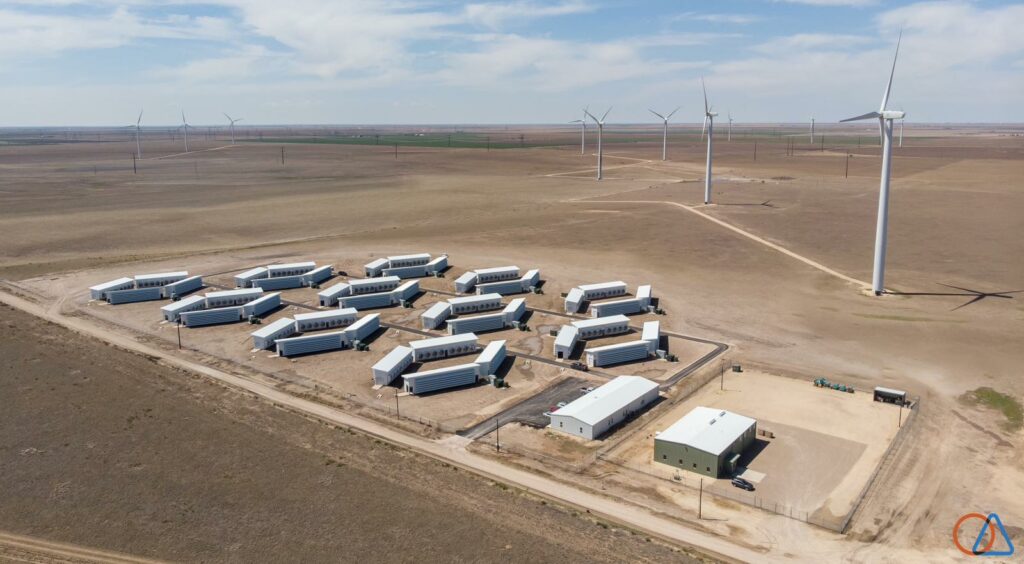Every technological revolution has run on energy. The steam engine ran on coal. The internet mostly runs on fossil-fueled grids. Now AI is running on… what?
AI is everywhere. In classrooms, hospitals, offices, and homes. But behind every chatbot response and image generator lies a staggering energy demand. High-performance computing (HPC) is the engine of this revolution, and right now, it runs on yesterday’s fuel — dirty, finite, and unsustainable.
If AI is the future, the question is urgent: will it be powered sustainably, or at the planet’s expense?
Policy Setbacks in the US
Even as AI booms, US energy policy has taken a step back.
Recent federal budget adjustments, including provisions in the so-called Big Beautiful Bill, threaten to roll back renewable energy support. Tax incentives for fossil fuels and penalties on wind and solar projects risk undoing years of progress and discouraging the very innovation this sector needs.
The stakes are high: the US is the world’s second-largest energy consumer and home to many of the companies driving the AI revolution. If the country falls behind on renewables, it risks losing both climate progress and technological competitiveness, as well as contributing to the global climate crisis.
But innovation isn’t waiting for Washington. Last week, Soluna (Nasdaq: SLNH) broke ground on Project Kati, our largest site yet: a 166 MW wind-powered data center in Willacy County, Texas. Built in partnership with EDF Renewables, Masdar, Spring Lane Capital, and Generate Capital. Kati is proof that Renewable Computing can scale, even in a challenging policy environment. It’s also a model for how private-sector leadership can fill the gap when policy lags, driving growth, investment, and jobs while making the grid cleaner and more resilient.
Fortunately, the global story is different: renewable energy has reached a tipping point, with adoption and affordability surging worldwide.
Global Momentum
Outside the US, the story is different.
According to the UN, renewable energy has passed a “positive tipping point,” and is now cheaper than fossil fuels in most of the world. In 2024 alone, renewables accounted for the majority of new power generation globally.
This peak in renewable energy outside the US reminds us that, despite what current political parties may impose in terms of stricter laws and defunding, the general consensus remains the same: renewable energy is the way to go.
Renewable energy is also more affordable for many other countries. Some reports tell us that solar is 41% cheaper globally, and wind is 51% cheaper than fossil fuels.
In the same period, 92.5% of newly added electricity capacity globally came from renewables, and 74% of the growth in electricity generation was powered by wind, solar, and other green sources. According to IRENA, about 91% of new renewable power projects now beat fossil alternatives on cost.
This surge reminds us that, despite political headwinds in the U.S., the global consensus is clear: renewable energy is the way forward.
Fossil fuels will not last forever. They are finite, volatile, and environmentally destructive. Building the future of AI and computing on them is a short-sighted bet. Long-term stability demands a different foundation; one powered by renewables like wind and solar, which are abundant, affordable, and scalable.
The Energy Race
Energy leadership has always been a race between nations, much like the Space Race in the 20th century, and today, China and the US are the frontrunners. China is now outpacing the US in renewable energy generation, expanding its grid at an exponential rate.
While the US has added 13.5 GW of energy, 95% of it being renewable, it still falls short of China’s rapid growth. China is strengthening its grid to secure a sustainable future for high-performance computing (HPC) like AI — a move that positions it not just as an energy leader, but as a global competitor in the technologies of the future.
In the US, federal support has been inconsistent, and progress is often undermined when major companies backtrack on climate commitments. For example, Google recently removed its net-zero pledge from its website, positioning AI as a tool to fight climate change while sidestepping the reality that AI itself consumes massive amounts of electricity and water.
But growing innovators are filling the gap. In addition to breaking ground on Project Kati, a 166 MW wind-powered data center in Texas, Soluna recently surpassed 1 GW of renewable-powered computing projects and secured a $100M investment from an industry-leading firm. Together, these milestones prove that renewable computing can scale in the US, even when policy lags and industry leaders hesitate.
When industry leaders backtrack, it weakens the US position in the global race for clean computing. When innovators press forward, it strengthens it.
The Path Forward
Despite policy setbacks in the US and big tech’s wavering commitments, our mission has never changed: to make renewable energy a global superpower, using computing as a catalyst. The rest of the world, including leading researchers, investors, and developers, is proving that vision right, accelerating the shift to renewables at a record pace.
At Soluna, we continue to build for that future. Our Renewable Computing model shows that AI can scale without sacrificing the planet, and we’ll keep pushing forward, even when policy and industry leaders make it harder than it should be.
We believe the future of computing is renewable. And we’re building it.
Learn more about Soluna’s commitment to clean computing → https://soluna.newbird.co/



